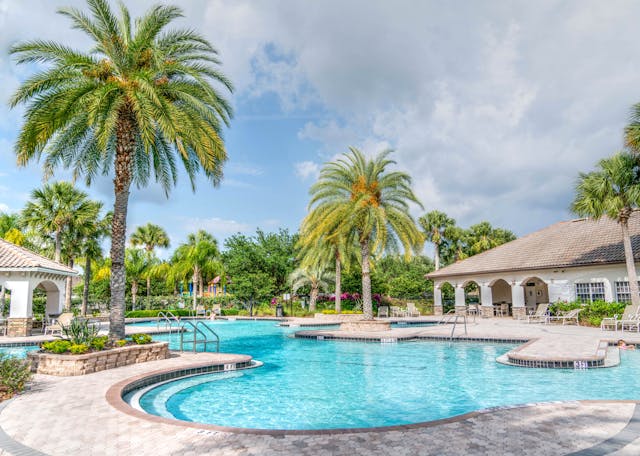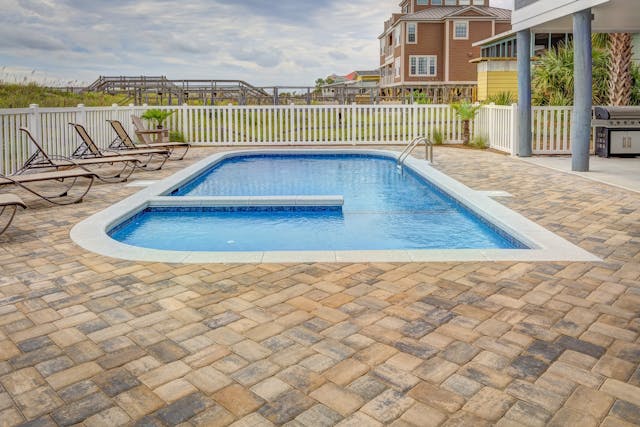picture entering your garden sanctuary on a sunny summer day. The sun invites you to dip coolingly off the surface of the lake. But one vital chore stands between you and that ideal swim: pool water testing before you start.
Whether you know nothing about the aquatic scene or are a seasoned pool owner, maintaining clean and safe water depends on you. This book will coach you through all you need to know about keeping perfect clean waters so your pool stays a tempting haven all year long. Let’s explore the realm of pool maintenance closer still!
The Value of Continual Pool Water Testing
Maintaining a safe swimming environment depends on routinely pool water testing. It helps find imbalances that could cause several problems, like skin irritation and algae development.
Monitoring pH levels, chlorine concentrations, and alkalinity helps you to make sure your pool stays inviting and perfectly clean. Ignoring these tests can produce muddy water that deters swimming.
Moreover, in inadequately balanced water, microorganisms flourish. Testing helps to avoid the health hazards connected to polluted pools. Regular visits provide comfort and allow you to enjoy cool drinks on hot days.
Maintaining regular testing also helps to lessen the need for later, extreme measures. Early identification of issues lets one make easy corrections instead of later expensive repairs or treatments.
By stopping corrosion and scaling from unbalanced chemicals, adopting this regular practice not only improves your swimming pleasure but also increases the lifetime of your pool equipment.

Knowing the Various Levels to Test For
Understanding the several chemical levels that could compromise water quality is absolutely vital when testing your pool water.
PH comes first. It ought to be right between 7.2 and 7.8. This range guarantees swimmer comfort and helps to stop equipment deterioration.
Chlorine then comes in handy since it keeps dangerous microorganisms off of your pool. Try for one to three parts per million (ppm). Too little won’t clean; too much will aggravate eyes and skin.
The buffer for pH stability is alkalinity. Preserving alkalinity between 80 and 120 ppm helps control pH levels.
Test for calcium hardness—ideally between 200 and 400 ppm. For pools, balanced calcium guards against erosion and scaling.
Every component is crucial for preserving safe and inviting crystal clear waters.

Advice on keeping crystal clear waters
One must be proactive to maintain the inviting and clear state of your pool water. Start with setting up a consistent testing calendar. Weekly tests can keep you current with pH, chlorine, and alkalinity.
The key is chemical balancing. Should your pH level veers outside the recommended range of 7.4 to 7.6, swimmers may experience discomfort or cloudiness of water. Changing these levels right away will help to avoid other problems down-stream.
Not undervalue filtration systems; they are really vital in preserving clarity. Based on usage and local conditions, make sure filters are either cleaned or replaced as necessary.
Frequent wall and floor brushing eliminates trash that might support the development of algae or cloudiness. For best effects, mix this with once-weekly vacuuming.
Periodically adding algaecides can also prevent unwelcome blooms without too much chemical use.
Monitoring nearby landscaping helps to avoid leaves and trash from polluting your pool during storms or windy days—small actions greatly contribute to achieve that perfect look! Enjoying beautiful waters becomes far simpler than you might believe with regular care and attention.


